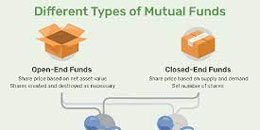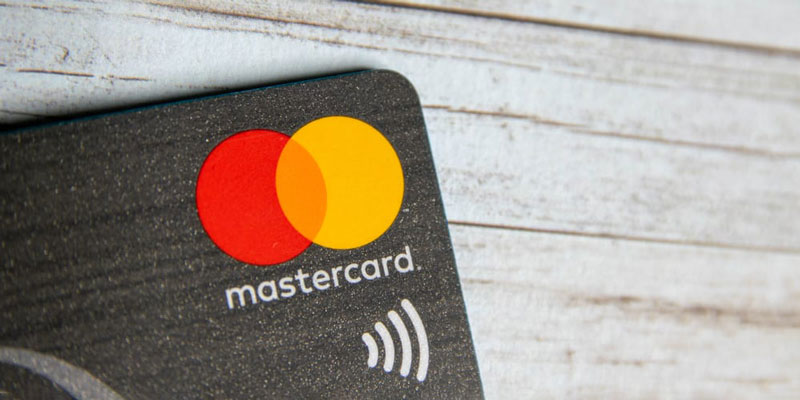
In the fast-paced world of financial markets, understanding trading orders is crucial for navigating the complexities of buying and selling assets. One such order that plays a significant role in managing trades is the take-profit order. This article dives into what take-profit orders are, how they function, and why they are indispensable tools for traders.
What is a Take-Profit Order?
A take-profit order is a predefined instruction placed by a trader to automatically sell a security or other financial asset once it reaches a specific price level that yields a profit. This order is designed to lock in gains at a predetermined target, thereby helping traders capitalize on favorable market movements without the need for constant monitoring.
Types of Take-Profit Orders
Explore the various types of take-profit orders that traders commonly use in financial markets:
Limit Orders
Limit orders are the most straightforward and widely used type of take-profit order. With a limit order, a trader sets a predetermined price for selling an asset. Once the market price reaches or exceeds this predefined level, the order is automatically executed, locking in the trader's profits. This type of order provides precise control over the selling price and is effective for traders who have specific profit targets in mind.
Percentage-Based Orders
Percentage-based orders involve setting a take-profit level as a percentage of either the purchase price or the current market value of the asset. For example, a trader might decide to sell an asset once it has increased in value by 10% or 20%. This approach allows traders to capitalize on relative price movements without being tied to specific price levels.
Time-Based Orders
Time-based orders are less common but can be useful in certain trading strategies. With this type of take-profit order, a trader specifies a time duration after which the order will automatically execute, regardless of the asset's price level. For instance, a trader might set a take-profit order to sell an asset after holding it for a specific number of days or weeks.
Trailing Stop Orders

Trailing stop orders are dynamic take-profit orders that adjust automatically as the market price of an asset moves in a favorable direction. Instead of setting a static price level, a trailing stop order allows the take-profit level to move upward with the market price while always maintaining a set percentage or dollar amount below the peak price reached.
Breakout Orders
Breakout orders are used by traders who anticipate significant price movements beyond established levels of support or resistance. A breakout take-profit order is typically set slightly beyond these levels to capture profits once the asset's price breaks out of its current trading range. Traders often use technical analysis to identify breakout points, making this approach popular among traders who specialize in chart patterns and trend analysis.
How Does a Take-Profit Order Work?
A take-profit order functions as an automated instruction used by traders to sell a financial asset once its price reaches a specified level that ensures a profitable outcome. Here's a detailed look at how this order type operates:
Setting Up a Take-Profit Order
To initiate a take-profit order, a trader first determines the exact price level at which they aim to secure profits. This decision typically hinges on market analysis, technical indicators, or predefined profit targets.
Placing the Order
The trader then enters the take-profit order through their brokerage platform or trading interface. They specify the asset to sell, the quantity or value, and the precise price point at which they want the order to trigger.
Execution Process
Once established, the market continues to fluctuate. If the asset's price reaches or surpasses the predetermined take-profit level, the order becomes active.
Automatic Execution
Upon hitting the specified price, the brokerage platform automatically executes the take-profit order. This results in the sale of the asset at the prevailing market price, locking in the desired profit.
Benefits and drawback of Using Take-Profit Orders
Using take-profit orders in trading offers several benefits and drawbacks that traders should consider when implementing them into their strategies:
Benefits of Using Take-Profit Orders
Risk Management: Take-profit orders help traders manage risk by automatically locking in profits once a target price is reached. This prevents potential losses from market reversals and ensures that gains are realized.
Emotional Discipline: Setting predefined profit targets through take-profit orders helps traders maintain emotional discipline. This approach enables traders to stick to their trading plan and avoid making impulsive decisions based on short-term market changes or the desire for greater profits.
Time Efficiency: Traders do not need to monitor the market constantly to capitalize on price movements. Take-profit orders execute automatically when the target price is hit, allowing traders to focus on other aspects of their trading strategy.
Profit Maximization: Take-profit orders enable traders to capture profits efficiently by selling at predetermined price levels. This helps traders optimize their overall profitability over time, especially in volatile market conditions.

Drawbacks of Using Take-Profit Orders
In a limit order, a trader determines a precise price to sell an asset. However, using a take-profit order could lead traders to miss out on additional gains if the market continues to move in their favor beyond the set target price.
Execution Price Variability: The execution of a take-profit order depends on market liquidity and price volatility. In fast-moving markets, the actual execution price may differ from the specified target price, potentially affecting overall profitability.
Over-reliance on Automation: Relying solely on automated take-profit orders can limit a trader's flexibility and responsiveness to sudden market developments or changes in trading conditions that may require manual intervention.
False Triggers: In volatile markets, price fluctuations can sometimes prematurely trigger take-profit orders, leading to missed opportunities or unnecessary transactions that could impact trading costs.
Conclusion
In conclusion, take-profit orders are invaluable tools for traders looking to manage risk and optimize profitability in financial markets. By setting predefined sell instructions at desired price levels, traders can safeguard gains and maintain discipline in their trading strategies. Whether you're a novice or an experienced trader, understanding how to effectively use take-profit orders can significantly enhance your overall trading success.











